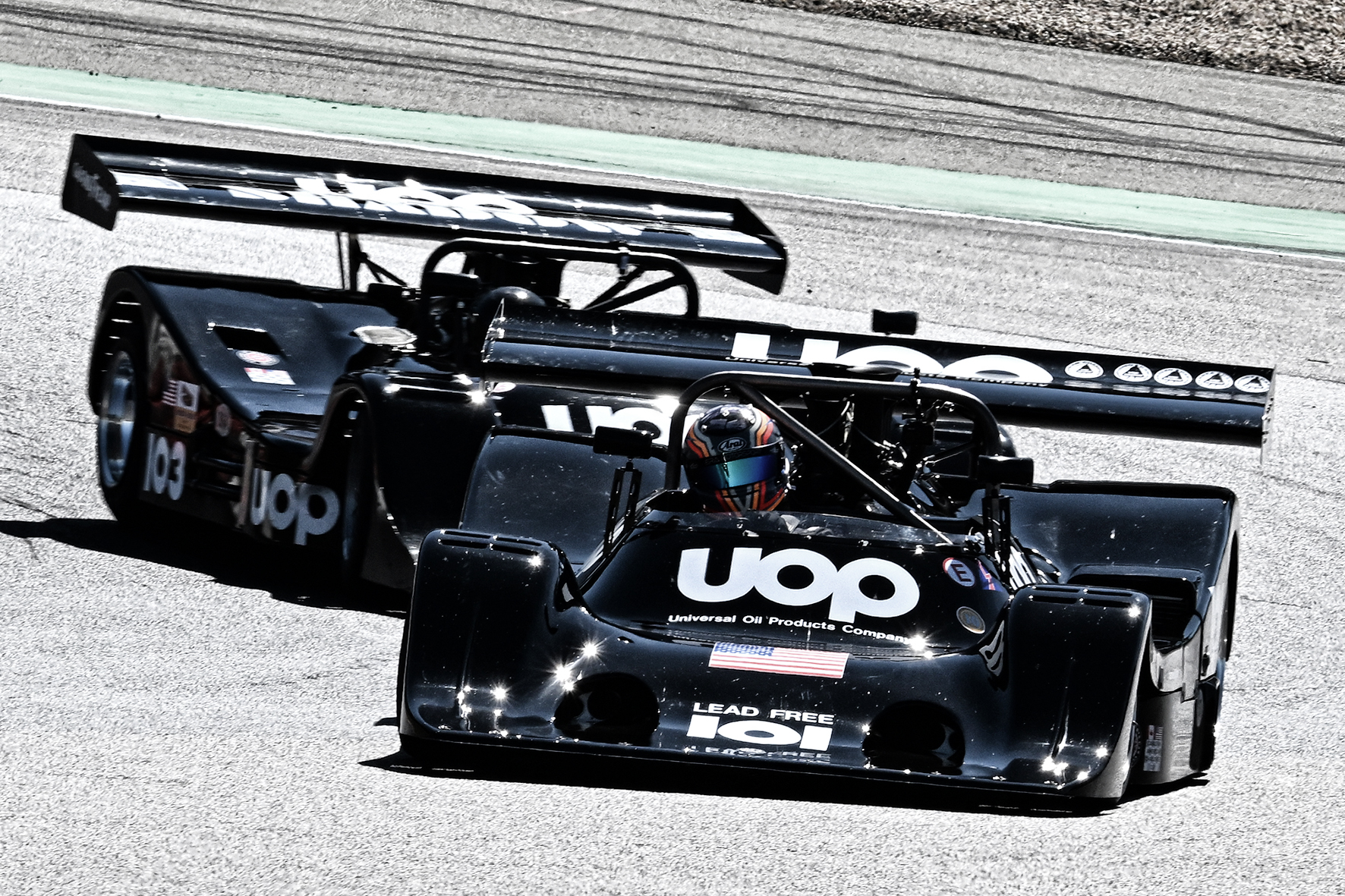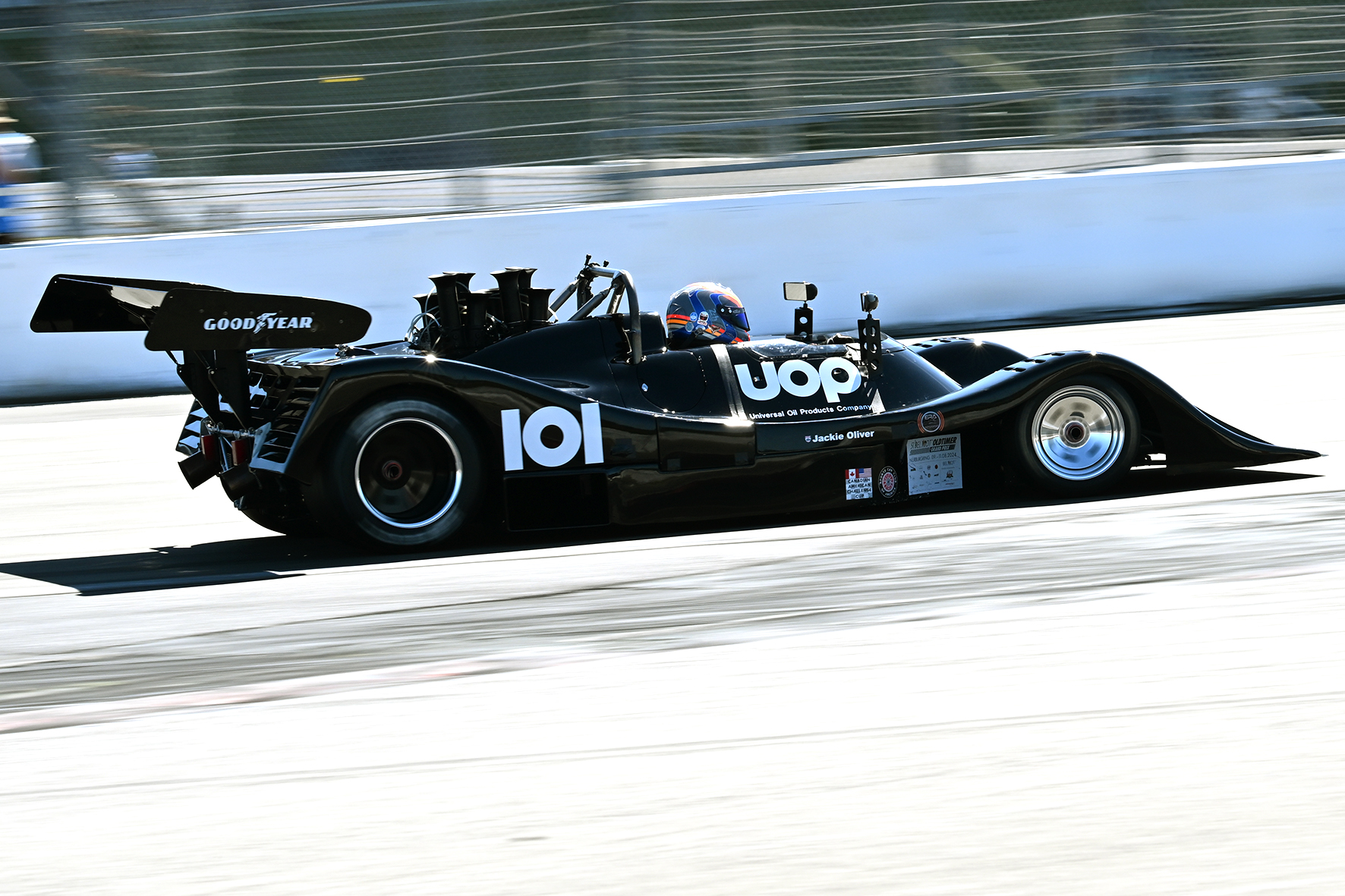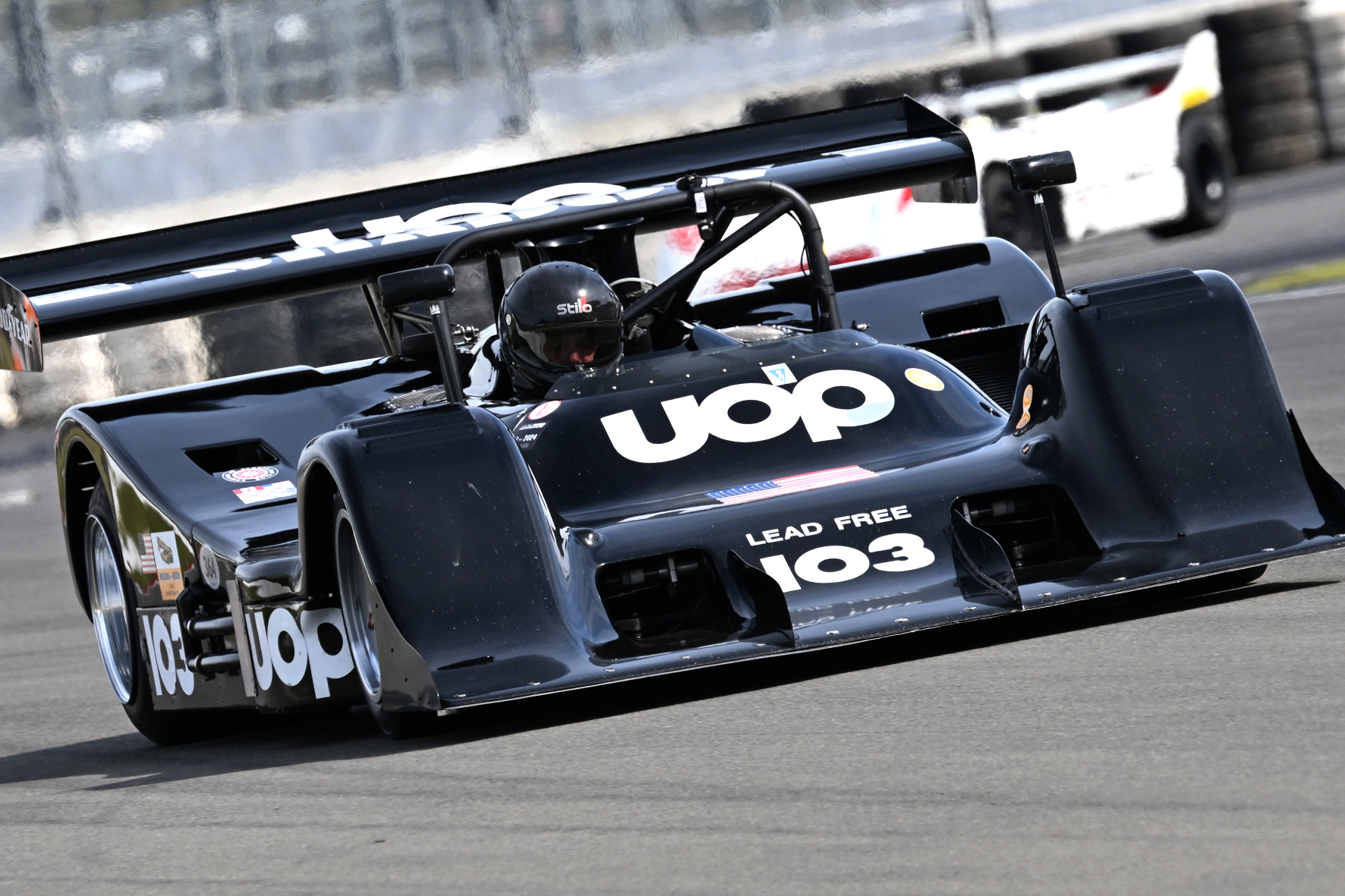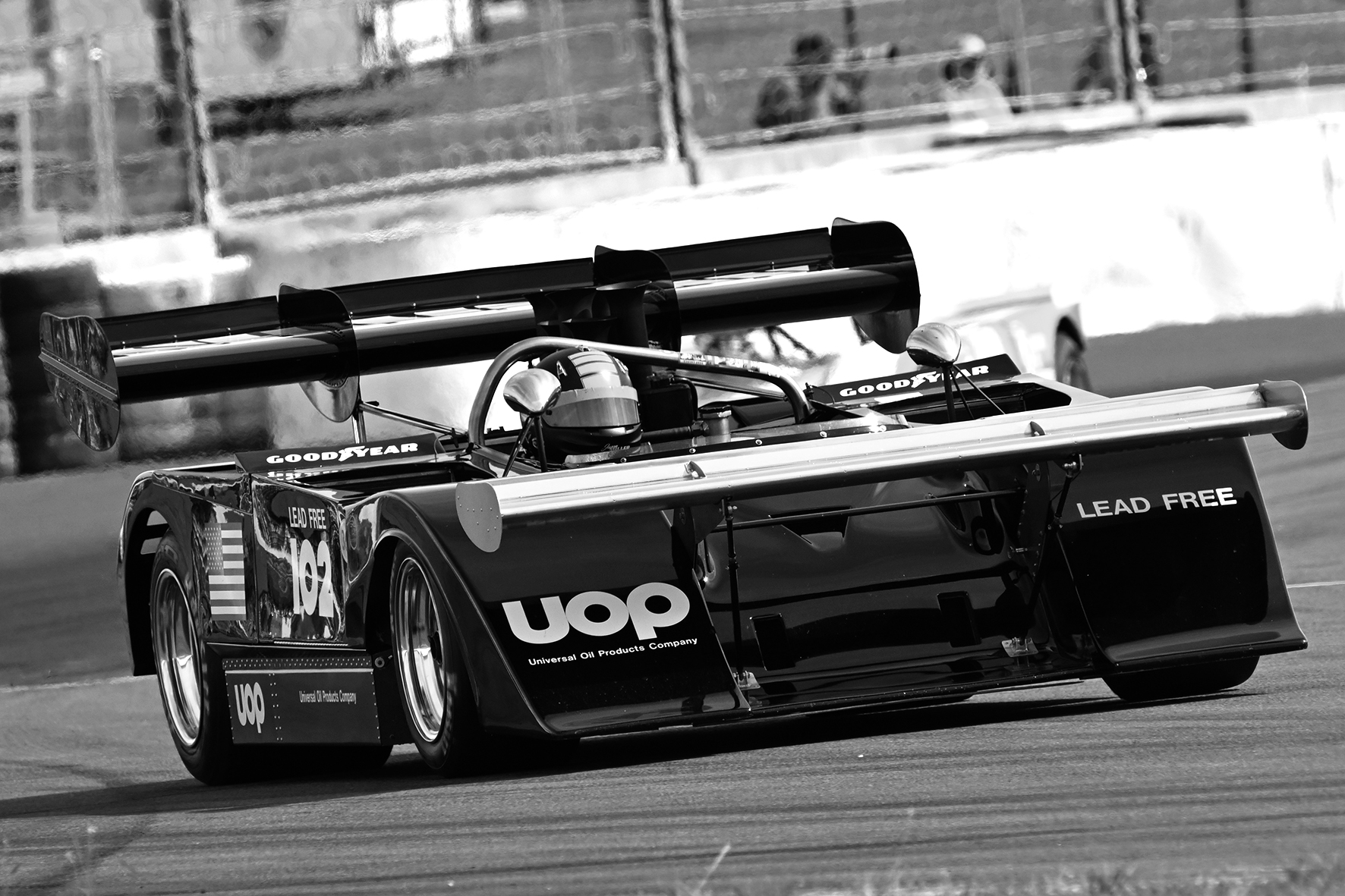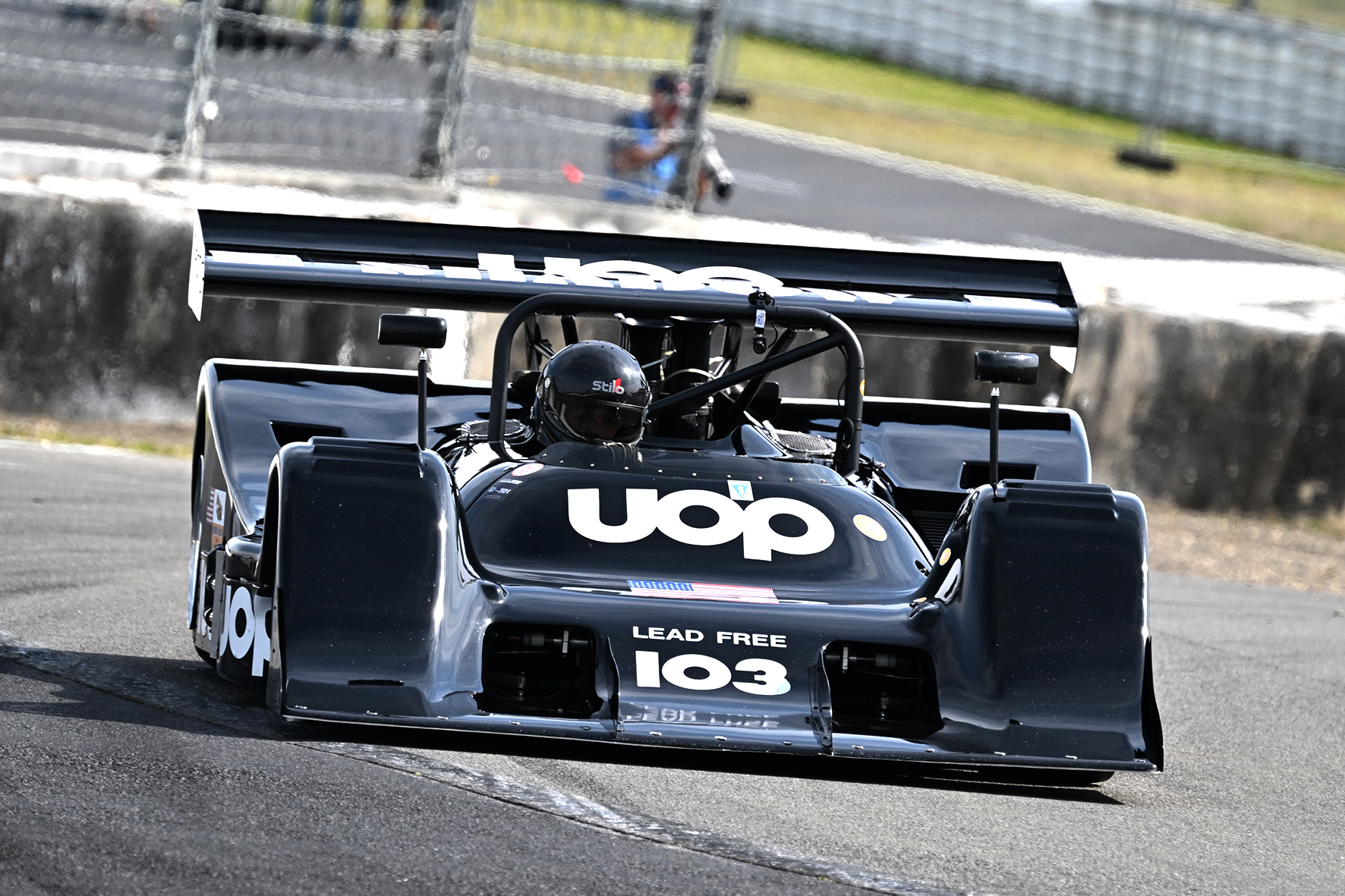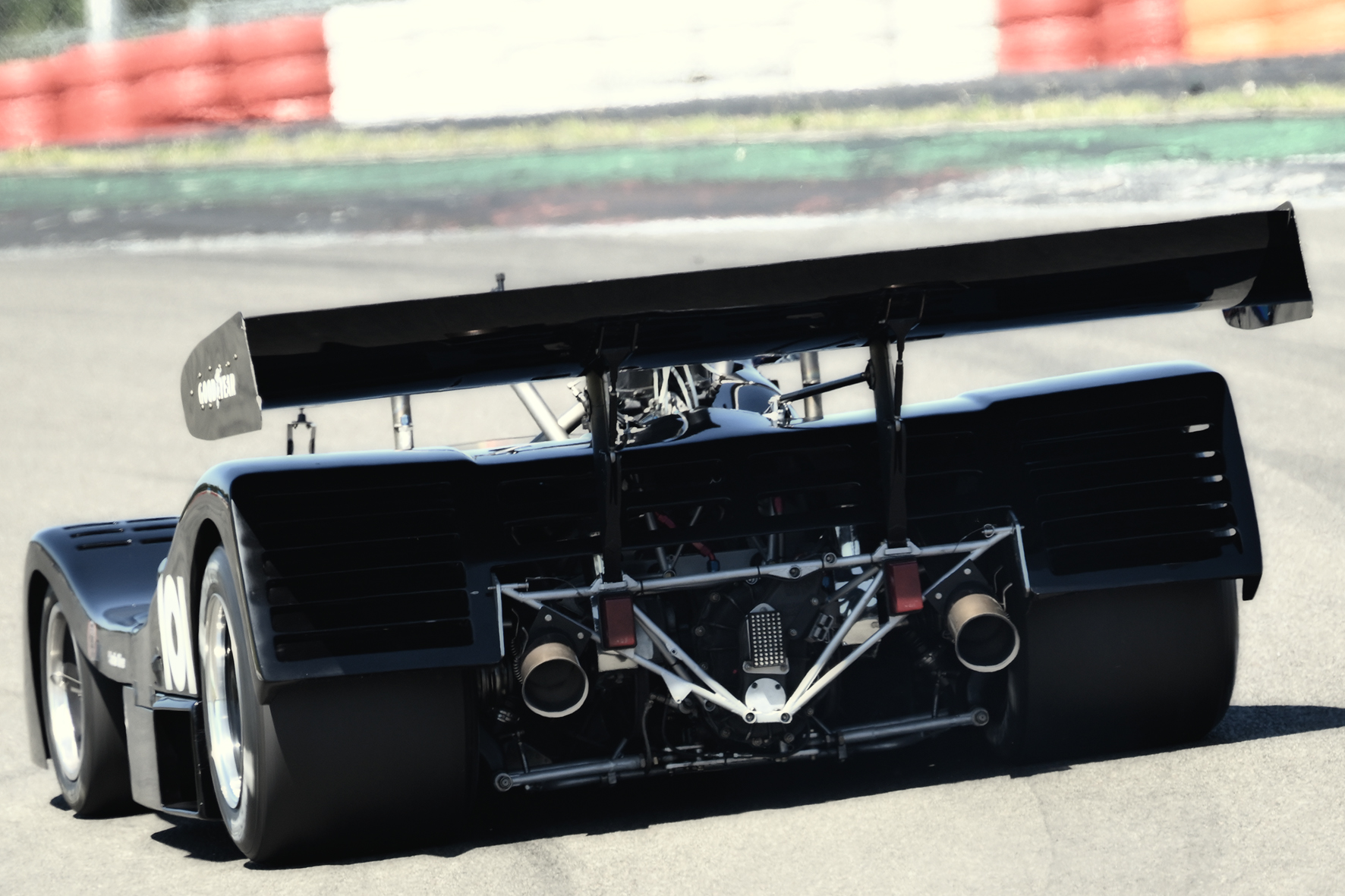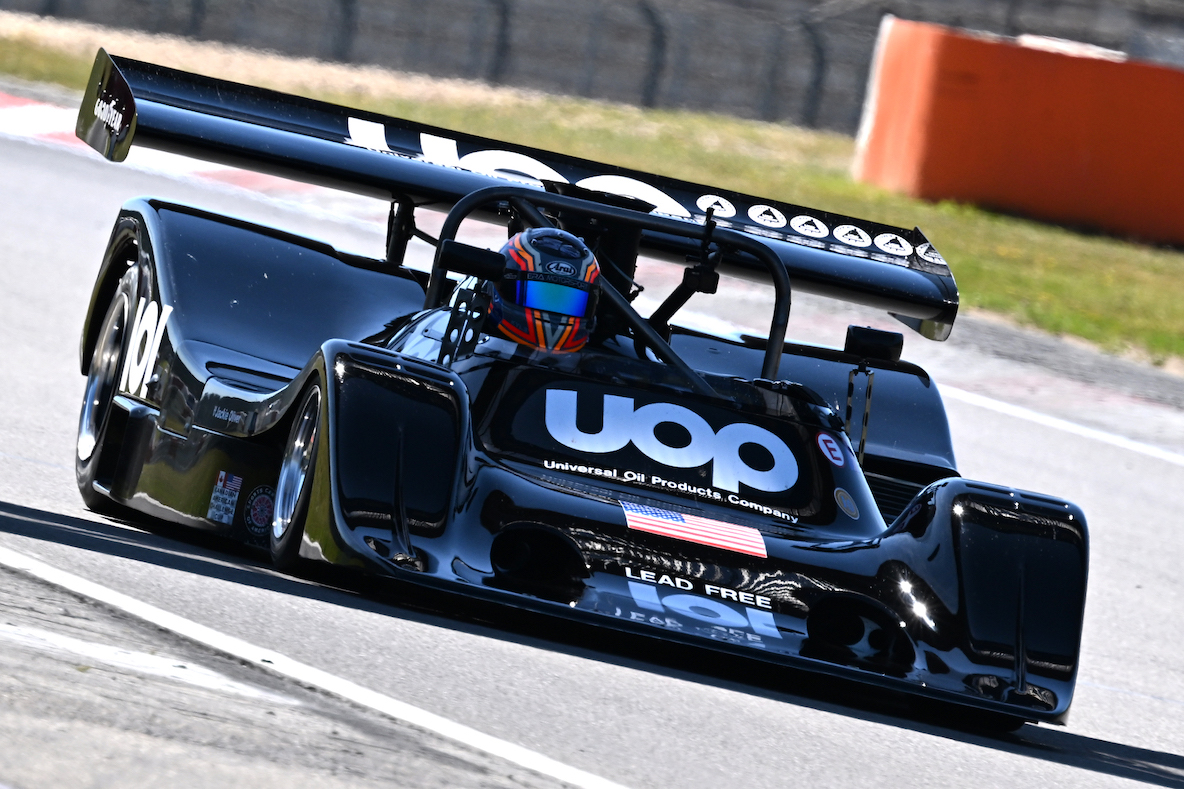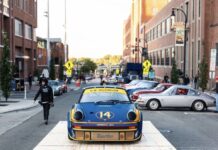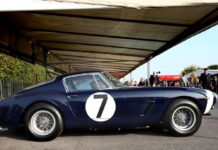From the late sixties to the mid-seventies, the Can Am motorsport series was the craziest and most extreme thing that ever happened in international motorsport. The series, which ran from 1966 to 1974, was called the ‘Canadian-American Challenge Cup’. It initially consisted of five races, two in Canada and three in North America. Unfortunately, it only lasted 71 races.

A series with practically no rules – there were only three. Firstly, the racing cars had to have a second seat, although no thought was ever given to ‘co-drivers’. Secondly, the wheels had to be covered by the bodywork and thirdly, the engines had to have a capacity of at least 2.5 litres. The series was basically pure anarchy and an expression of the lifestyle of the late sixties. The time of the hippies, flower power and general rebellion against the establishment.
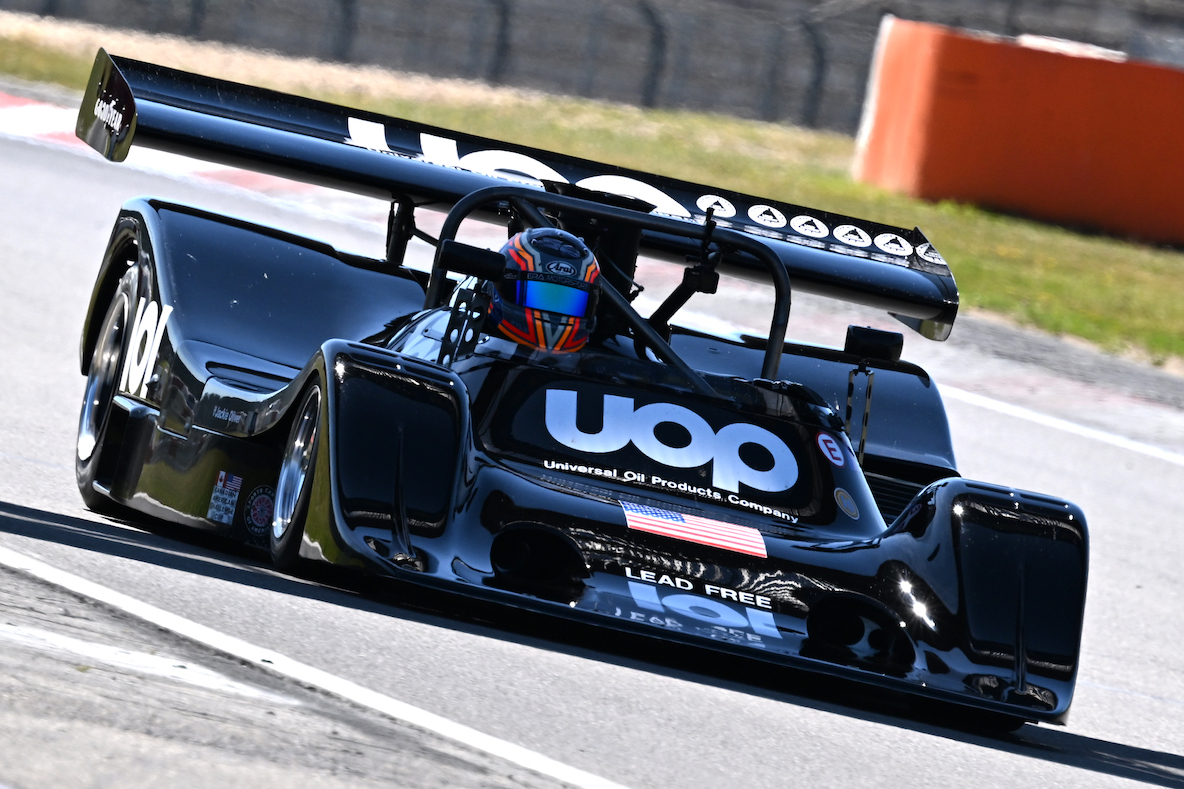
The inaugural season in 1966 was extravagant in many respects, with completely overpowered racing cars, six races in 63 days and an insanely high prize purse of $358,000. That was a lot of money at the time.

Naturally, this attracted the crème de la crème of racing drivers at the time. Formula 1 drivers, sports car specialists and Indy car greats drove these cars at the races. The race tracks that were used included Bridgehampton, Mosport, Mont Tremblant, Road America, Road Atlanta, Riverside and Stardust Raceway. Race tracks with antediluvian safety precautions at the time.
Despite the many famous racing drivers who took part in this crazy series, the cars with their large-volume engines were the stars. The ‘big bangers’, as they are still known today, had a sound like thunder. From an initial 500 hp, the power output increased to up to 1030 hp. This made the Can Am racing cars faster than Formula 1, and coupled with these adventurous racetracks, it was a dangerous mix.

The serial winners, at least between 1967 and 1971, were Bruce McLaren and Denny Hulme. They drove their McLaren M6A, M8A, B, D and F in circles around the others and won two championship titles each, with Peter Revson contributing the fifth title for the McLaren Racing Team in 1971. The engines were mainly supplied by Chevrolet and Ford and had a displacement of up to 8.1 litres in the largest configuration. These engines consumed up to 120 litres per 100 kilometres.
To bring the sheer and exuberant power of the engines to the road, the extremely lightweight racing cars were fitted with huge rear wings. The look of these cars was truly unique. When Porsche then discovered the Can Am series and went from victory to victory with the 917/30 with turbo engine, practically in a league of its own, the end of the series was inevitable.
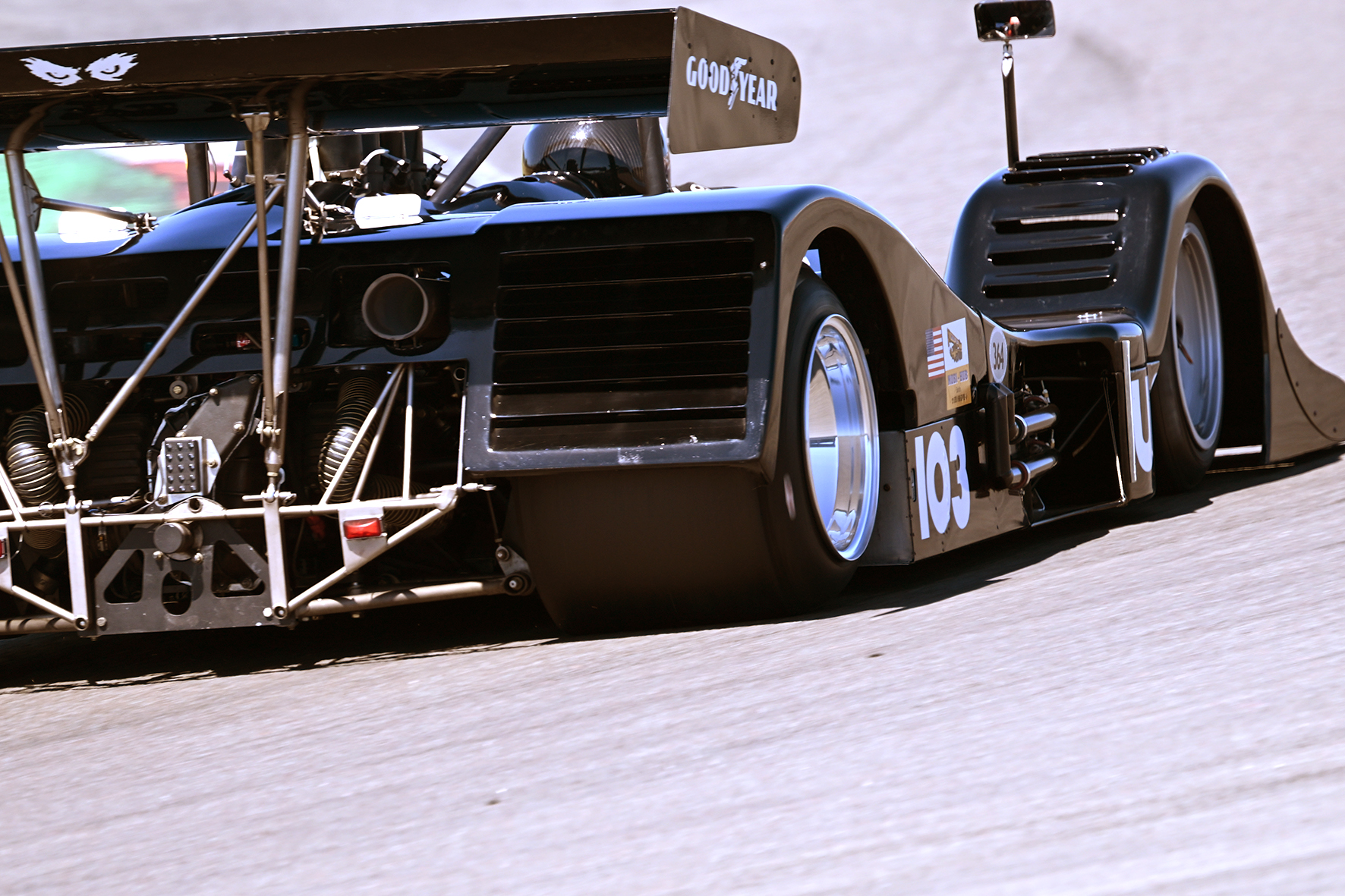
It was always the case that excessive freedom favoured those with the most money, but the powerful naturally aspirated engines were comparatively cheap. Inexpensive turbo engines, however, did not exist. And so the Canadian American Challenge Cup was cancelled at the end of the 1974 season, also against the background of the oil crisis and a review in the USA.
The Can Am produced breathtaking designs and developments. Because practically nothing was forbidden, in the end everything conceivable was tried out. As there was still no telemetry or reliable wind tunnels, many things were developed that turned out to be uncompetitive in practice. There were no limits to the inventive spirit. Everything was tried and tested; in the end, all that mattered was the speed and performance that could be achieved.

One of the manufacturers of Can Am racing cars was Don Nichols’ American company Advanced Vehicle Systems. However, he called his racing cars Shadow. Three of these marvellous and equally strange racing cars were guests at this year’s Oldtimer Grand Prix at the Nürburgring. All three were painted jet black with the classic UOP branding. All three were making their first appearance in continental Europe, having been seen and heard in action at the Members Meeting at Goodwood this year.
Jason Miller in his 1973 Shadow MK3 drove the most spectacular construction. A huge rear wing adorned the rear of the black beauty. But an almost even bigger silver-coloured wing was enthroned on the front bonnet. An incredibly cool racing car. I had a brief opportunity to chat to Jason. He was actually at the Nürburgring for the first time and was totally thrilled and simply looking forward to driving this jewel at racing speed. The other two, Kurt Bennett in the Shadow DN2 and Kyle Tilley in the Shadow DN4, were significantly faster. After all, they also had a displacement advantage of 9000cc compared to just 7300cc in the MK3.
The performance of these three Shadow Can Am cars was one of the most spectacular of this August weekend at the Nürburgring. And a wonderful photo opportunity for me, although I sometimes put the camera aside to listen to the sound. Simply breathtaking. Find out more about our photographer Ralph Lüker.



